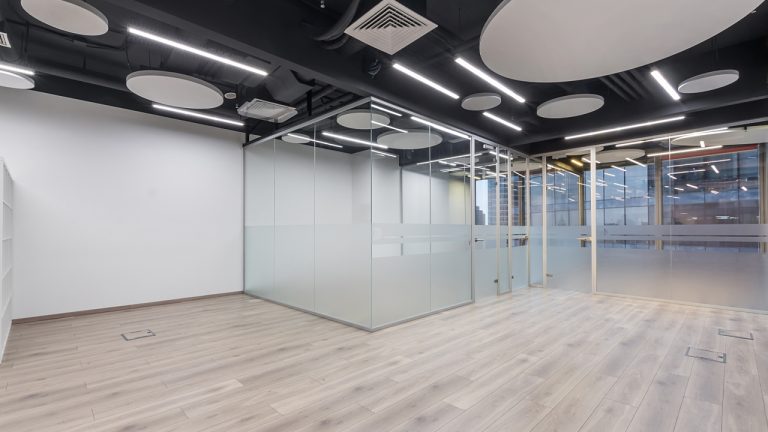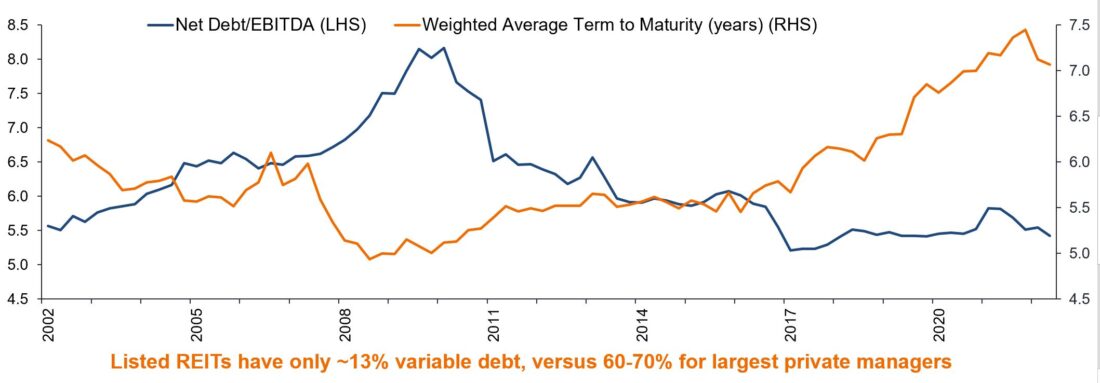
Following the U.S. central bank’s decision to keep the federal funds rate unchanged, the turbulence in the commercial real estate market has sent shockwaves through the country’s banking sector and internationally as well. On Thursday, New York Community Bancorp witnessed a further 13% decline, while Japan’s Aozora Bank plunged to its lowest point in eight months, primarily attributed to its involvement with U.S. office loans.
From New York to Japan: Aozora Bank Faces Share Plunge as U.S. Commercial Real Estate Woes Intensify
Government statistics and the recent statements from the U.S. Federal Reserve are failing to align with the real-world situation observed on Main Street. During Wednesday’s announcement, the central bank opted to maintain elevated interest rates, with Fed Chair Jerome Powell emphasizing their pursuit of “greater confidence” in achieving a 2% inflation rate. Notably, Powell refrained from addressing the turbulence in the banking sector, which had experienced significant volatility just hours before the Fed’s decision, triggered by New York Community Bancorp’s (NYSE: NYCB) disappointing earnings report.
During mid-day trading sessions on Thursday afternoon, NYCB witnessed another 13% drop against the U.S. dollar. Meanwhile, JPMorgan Chase (NYSE: JPM), the largest lender in the U.S., experienced a 1.25% decline, Bank of America (NYSE: BAC) shed 2.8%, and Wells Fargo (NYSE: WFC), America’s third-largest bank, saw a more substantial 4.26% decrease in its shares. While a portion of the responsibility is attributed to banks holding long-term Treasury notes, there is a growing focus on the deteriorating U.S. commercial real estate sector as a significant contributing factor to this unsettling trend.
Blackstone’s, $BX, defaulted NYC office tower loan up for sale at a 50% discount, per NYP.
— unusual_whales (@unusual_whales) January 24, 2024
Recent reports reveal that the repercussions of the U.S. real estate crisis have cast a shadow over the Japanese financial institution, Aozora Bank. On the Tokyo Stock Exchange, the bank’s shares plummeted by over 20%, marking their lowest point in more than eight months. Aozora conveyed to its clients that the persistently elevated U.S. interest rates and the accelerated shift to remote work due to Covid-19 have created a challenging environment in the U.S. office market, coupled with a concerning lack of liquidity.
In an interview with Bloomberg, Mike Wilson of Morgan Stanley addressed the issue of property-related losses among lenders and emphasized:
It’s not a systemic issue. It’s a weight on credit growth.
Concerns loom among market observers regarding the distressed state of the U.S. commercial real estate sector, attributed to various factors. These include the looming possibility of a 40% decline in commercial property prices, surging vacancy rates, dwindling property values, and a substantial volume of commercial mortgages awaiting refinancing in the near future.
There are also concerns about potential loan defaults, which could result in significant losses for banks. The Kobeissi Letter’s social media account underscored this issue during the week, highlighting the sale of the Xerox building in Washington DC for a mere $25 million. This stark contrast is evident as the same property had commanded a staggering $145 million price tag just over a decade ago in 2011, reflecting an alarming 83% loss in value.
What do you think about the volatility in the U.S. banking sector and the woes involved with commercial real estate in a free fall? Share your thoughts and opinions about this subject in the comments section below.





